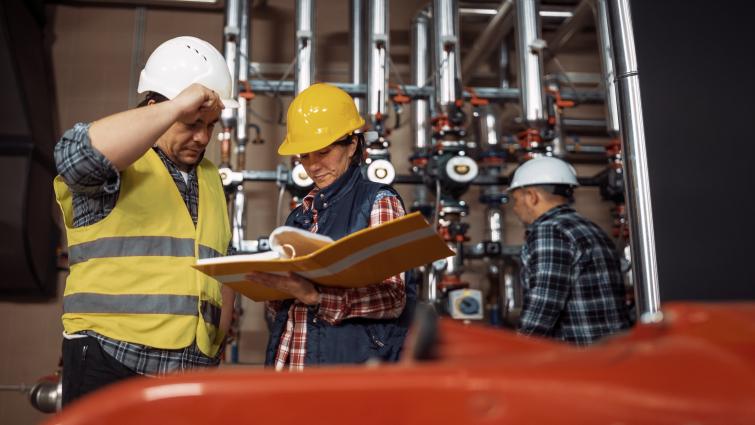
It’s that time of year to begin preparing your building for winter weather. We spoke with our BOC instructors from across the Midwest about adjusting your building for the changing seasons. Follow these tips to make sure your building is running as efficiently as possible this season.
Minimize outside air
Every cubic foot of air that is brought in from the outside must be conditioned. In summer it needs to be cooled and dehumidified, and in winter it needs to be heated. Therefore, every cubic foot that leaves the building that has been heated is now wasted energy. Minimize the uncontrolled air leakage and use CO2 levels to determine the controlled air exchange.
- Michael Norden, Minnesota
Turn up the discharge air temperature settings
If your building has a variable air volume handling system with reheat, raise the discharge air temperature setpoint. In summer this will be set around 55F, but during winter you may set this as high as 60-65F. This can dramatically reduce the amount of energy intensive reheat at your variable air volume boxes.
Turn down the space temperature settings
Space temperature setpoints can be lowered during the winter and your occupants will still be comfortable. However, be prepared to raise setpoints on really cold days. One temperature “does not fit all” for buildings and adjusting the space temperature setpoint can lower the amount of unnecessary reheat in variable air volume boxes.
Turn down the chilled water pump pressure, and turn up chilled water supply temperature
If you need to run the chilled water system during part or all of winter, you can lower the differential pressure setpoint of pumps while still meeting flow requirements.
-Michael Kuk, Illinois
Verify heat recovery technology
Heat recovery is more and more critical to assist in frigid weather operation. Test, clean, lubricate and validate temperature differential measurement across the heat recovery exchange media.
-Douglas Lafever, Ohio
Use the fall season to “thermal image” your facility envelope
Use this time before winter to look at possible air and water issues before sunrise or after sunset to get the best data for next year’s projects.
-Dean Bortz, Ohio
For more information on building scheduling and diagnosing common building system problems, visit the BetterBricks website.
Interested in learning to run your building more efficiently? Take a BOC training. Fill out our contact form to be notified when BOC is in your area!